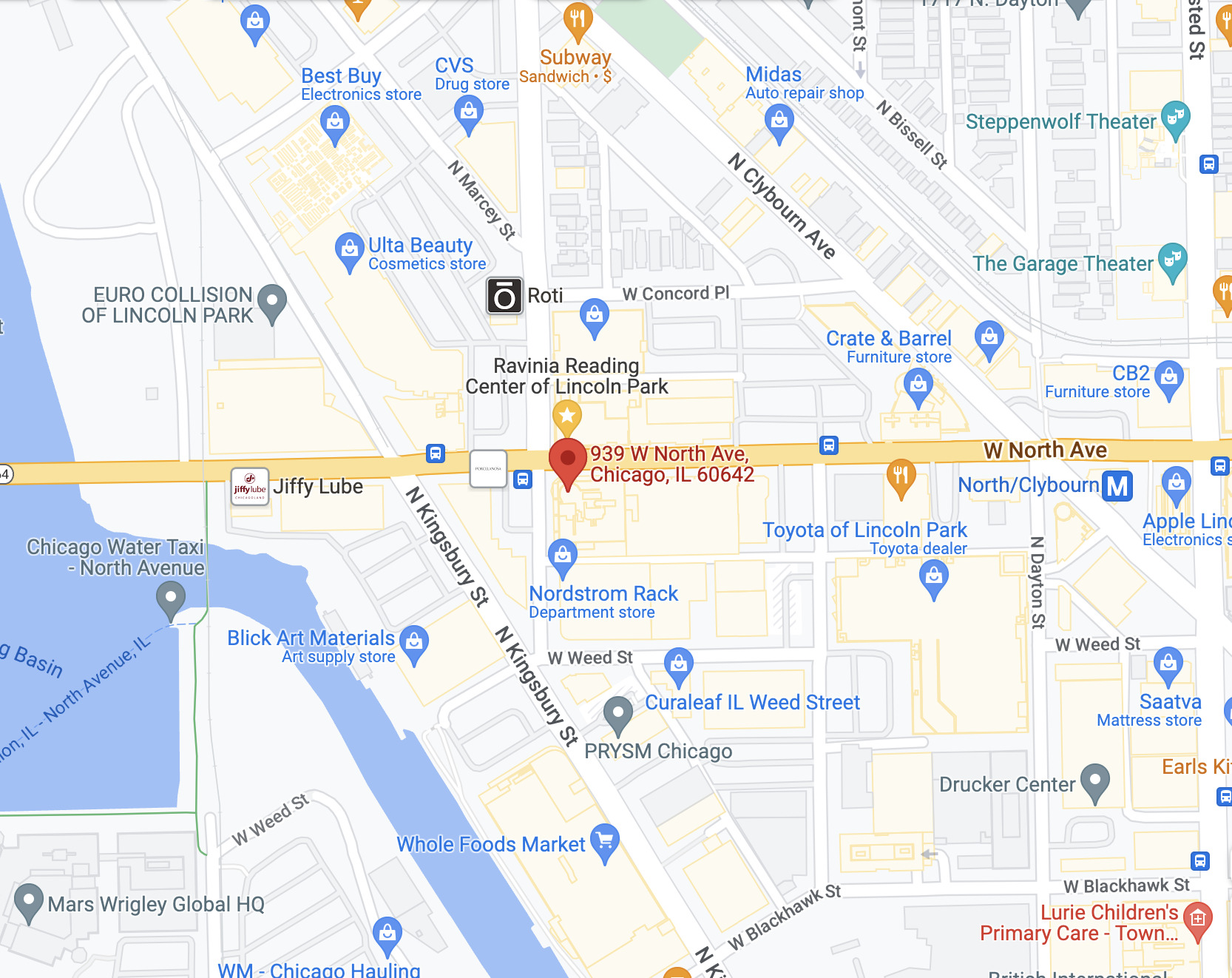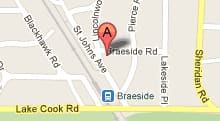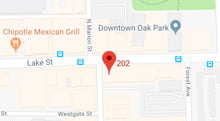The Ravinia Reading Center Difference
Ravinia students arrive here with a broad range of histories and varying degrees of reading difficulty. Families often come to us after numerous tries in other settings; their schools and other “experts” may have recommended ineffective solutions or may have minimized the need for help. In addition, sometimes their child’s problem has not even been correctly identified. Parents begin to hear the Ravinia name, sometimes from professionals, but most often from other parents whose children have had spectacular success here. They call when they see that other suggested “solutions” have not been as effective as promised.
The Ravinia difference is found throughout our approach to reading instruction. We devote constant attention to keeping up with current research and observing student performance. We customize our materials to target each student’s specific needs. In short, Ravinia students go further than their families ever thought possible.
At Ravinia, we never rely on only one program or one publisher for our materials. Good materials exist from a variety of sources, and we’re happy to use those. But the bulk of our work with our students is accomplished with materials I’ve created to address the gaps my practitioners and I have discovered in the realm of reading programs that are commercially available to educators.One such gap is important enough to mention here. Most commercial reading products weigh in on either a literature-based approach on one end of the spectrum or a phonics-based approach on the other. Both have limitations.
A literature-based approach attempts to teach the words that readers will actually need to know but falls short because of its overreliance on guessing. Students are encouraged to predict words using context and picture cues and are expected to memorize whole words by sight.
A systematic phonics or Orton-Gillingham based approach is far more structured than a literature-based program, emphasizing rules and sounding words out. However, authors of these programs have been less mindful about the realities of the words readers truly need to know. They tend to emphasize the words that work with the syllable types and syllable division rules they teach, so valuable learning time is spent practicing nonsense words and words infrequently used. When was the last time you used the word Chippendale? Or badminton? Moreover, this approach still relies heavily on sight words, where students are expected to memorize an ever-expanding pile of exceptions.
Why can’t we teach students how our written language system really works? Why can’t we be mindful of the utility of the words we teach? I have spent the better part of the last twenty-five years developing materials that ensure that we do just that. As a result, we’ve been able to maintain all that is good about structured and cumulative teaching but we’ve left the nonsense and not useful words behind. Our materials will focus on the words your child needs…words that they will see in their books tomorrow.
Our students move ahead more quickly because we highlight the words they need to know. Other programs are so pattern driven – finding words that fit taught patterns – that they sometimes overlook the realities kids face every day.
Now for another word about memorization: we don’t teach it here. We have a joke around Ravinia Reading Center that we don’t believe in sight words. There is a reason for the way each word is written and we will always assume that your child is capable of understanding that reason. The word “they”, for example, is often taught as a word that “breaks the rules.” We teach our students that long ‘a’ can be spelled with the grapheme <ey> – it’s spelled that way in other words too. Even more important, the spelling <ey> was chosen for “they” for a reason. Think about the words they, them, and their. Aha! This is the finest feature of our written language system – it does an incredibly good job illustrating historical and present day connections between words that share a meaning. Phonology is important too, and SLP’s have the right training to be teaching it. But etymology, the origin, development, and true sense of words overrides everything. It is king, it is honored. And every kid I’ve ever known can make sense of that.
A final note: While other programs accumulate mistakes, sometimes encouraging students to read faster even when their first reading was not correct, we have found this to be a practice that reinforces errors. We have no error practice here, but rather use our time to practice correct reading. And practice is the key. Some kids have an easier time learning to read than others from the beginning. But nothing improves for anyone without time spent practicing correctly. Everything here is doable and motivating because reading is a skill and it can be taught.






